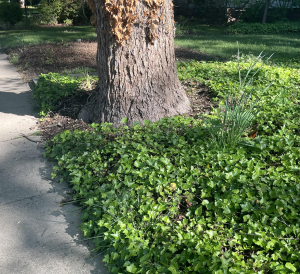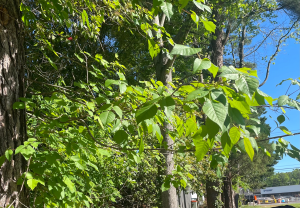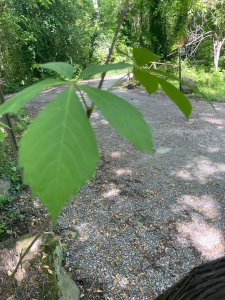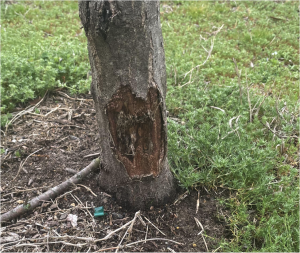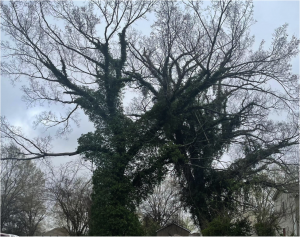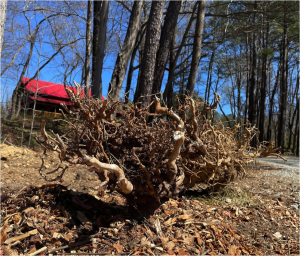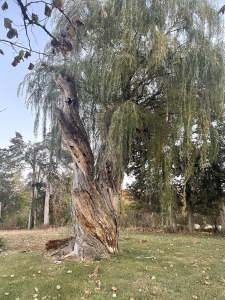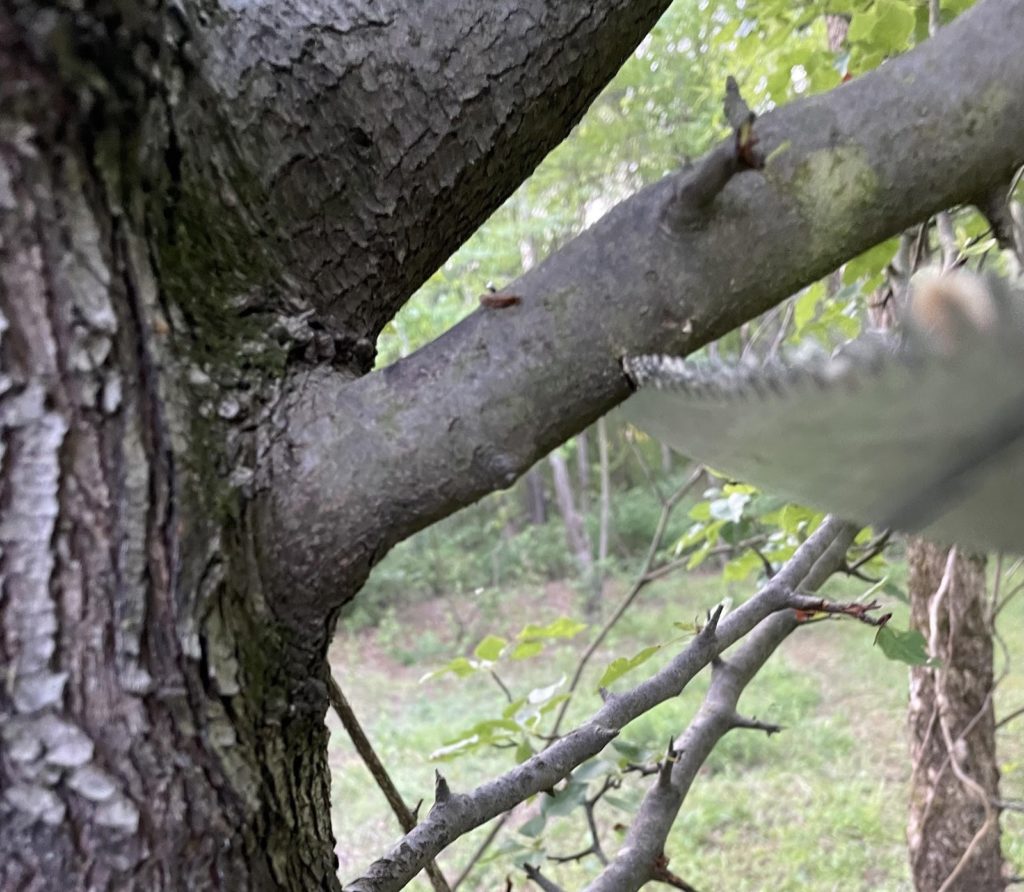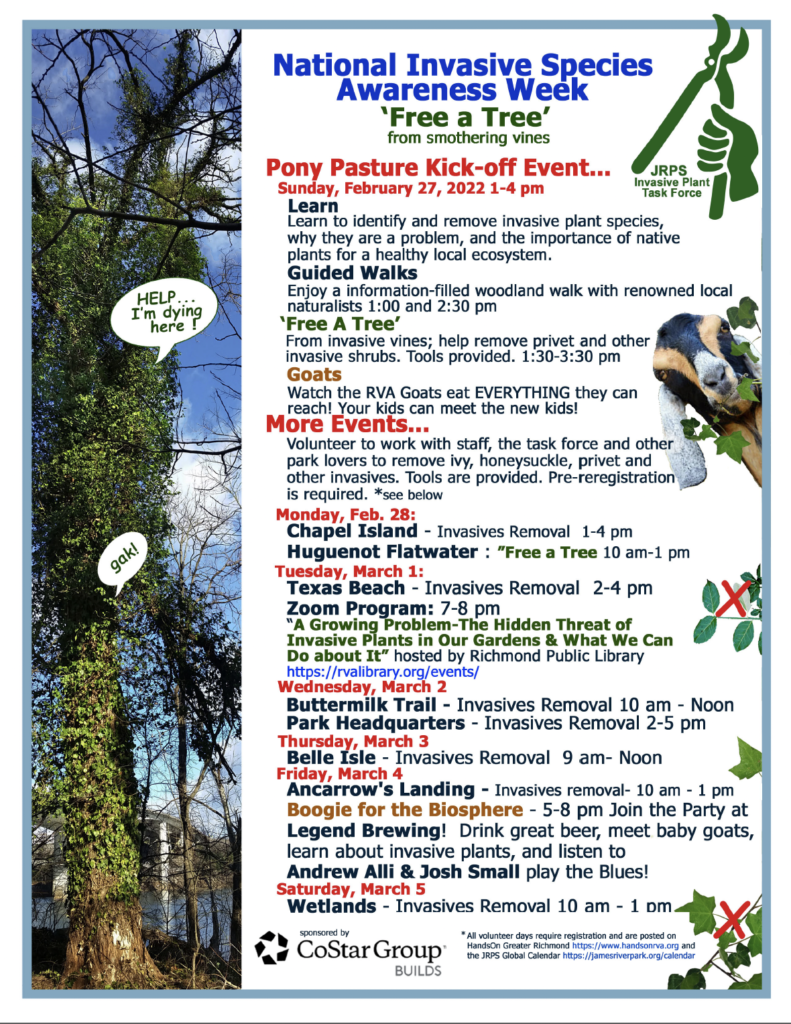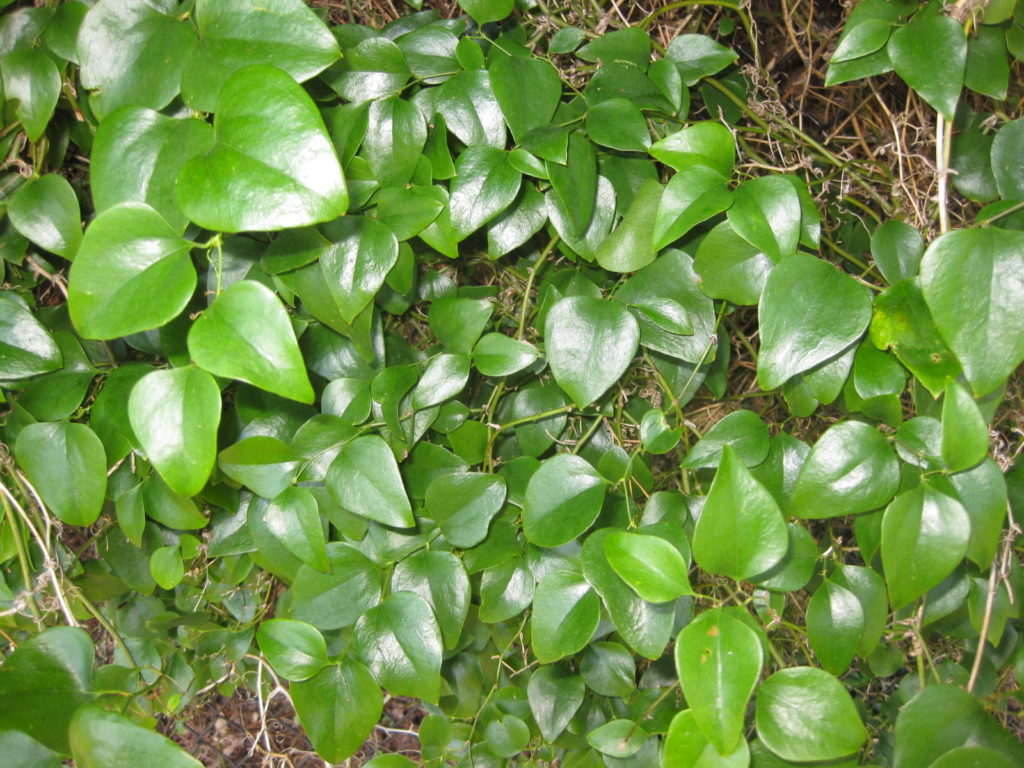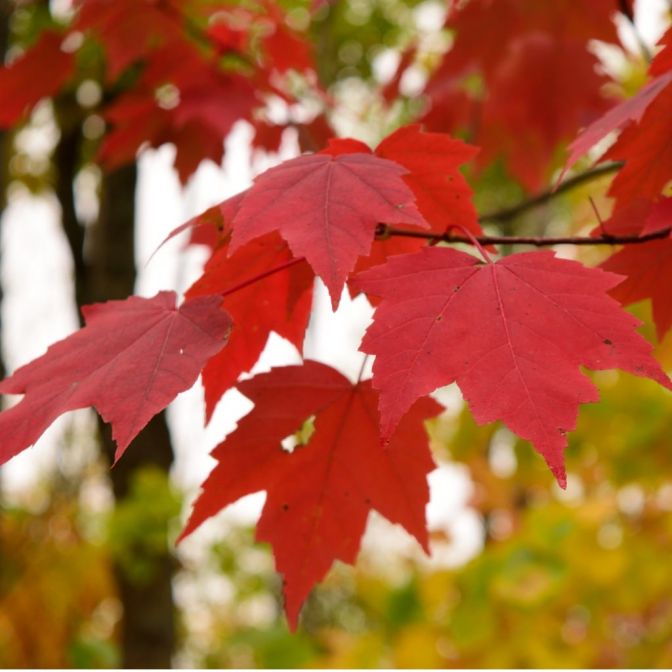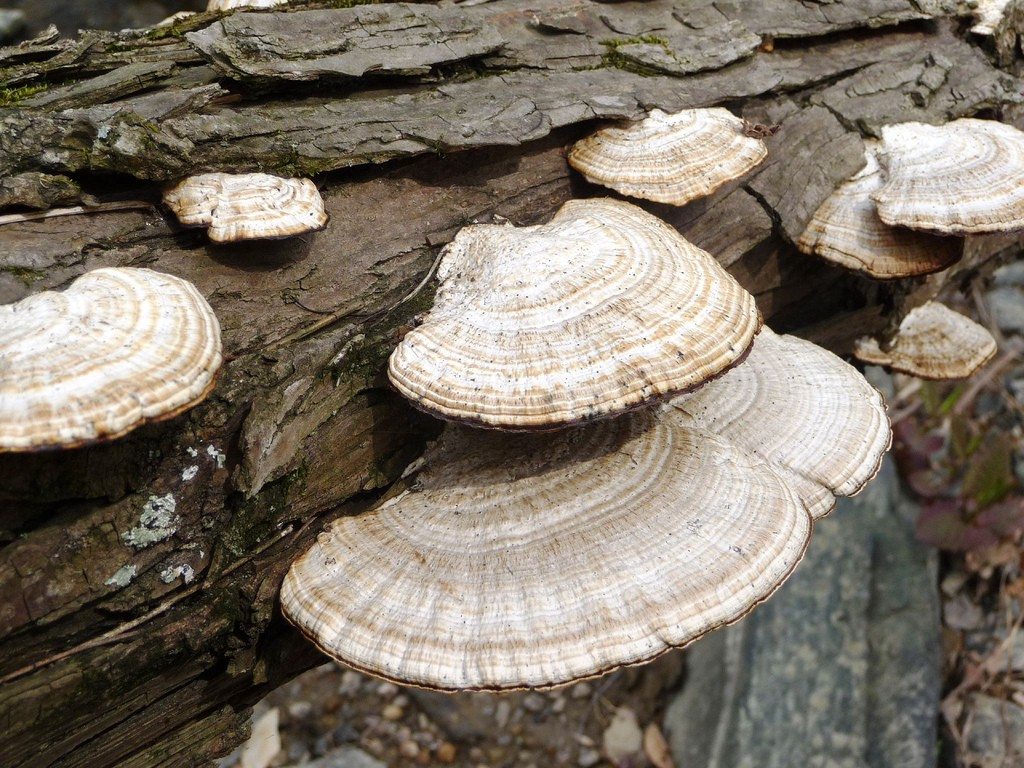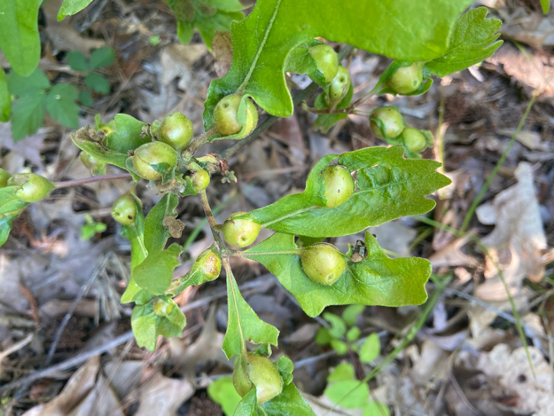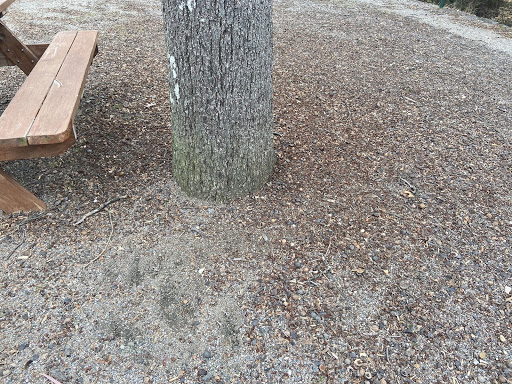
Once when I was lamenting the discomfort of a broken toe a friend of mine gave me a memorable quote: “We get 10 fingers and 10 toes, but when it comes to the really important stuff, we only get 1 or 2.” This quote did a beautiful job of distracting me from my whining, and it left me with a little wisdom.
Trees are not people, although I think I am not alone in anthropomorphizing them. Trees do have some similarities to us. One similarity is that there are not as many of the really important parts. Leaves are important, but if something happens to them, a vigorous tree will make new ones. If done right, branches and roots can frequently be cut with little consequence, the tree will be alright. Most trees only have one trunk and one root flair. These are the important parts.
Tree root flares are the part of the tree where the trunk transitions into the roots. When an arborist wants to check the health and stability of a tree, one of the first things they may look for is a good root flair. This feature where the tree and earth meet should flair out as the trunk meets the ground.
Unfortunately, in many urban and suburban settings, improper planting techniques or excess mulching and regrading can bury the root flare. A tree that has been planted too deep or over-mulched may not display a visible flare, which can lead to health problems over time. If the base of the tree looks like a straight telephone pole without any widening, the root flare is likely covered

Healthy, exposed root flair.
Problems can arise when this feature is not seen. If you see the trunk of the tree enter the ground like a fence post, this can be problematic. Buried root flairs can promote decay in the root flair and the roots, which can lead to the tree falling.

Buried root collar.
Buried root flairs can also lead to roots growing around the trunk, which means the tree can eventually choke itself.


The mulch volcano buries the root flair and invites problems for the tree.
If you don’t see a root flair, we may be able to help. We can use an air excavation technique that will have minimal impact to the tree to re-establish a root flair. We can prune any roots that have a potential to harm the tree as it grows.

































